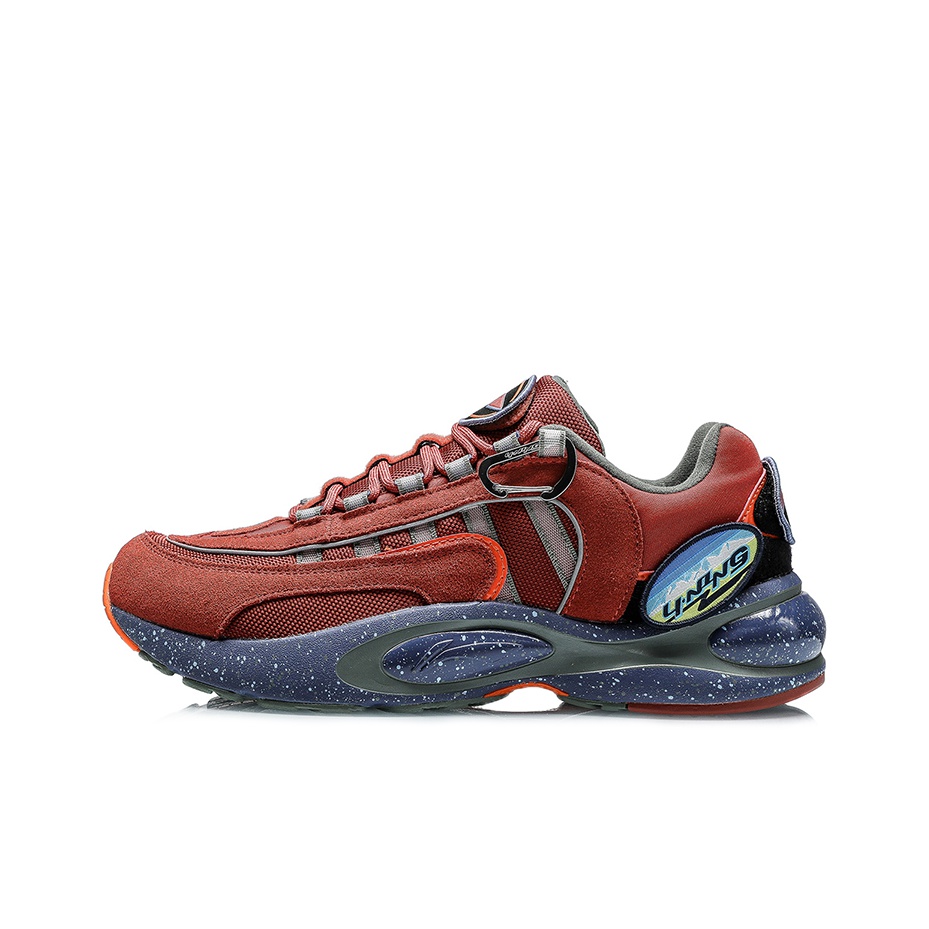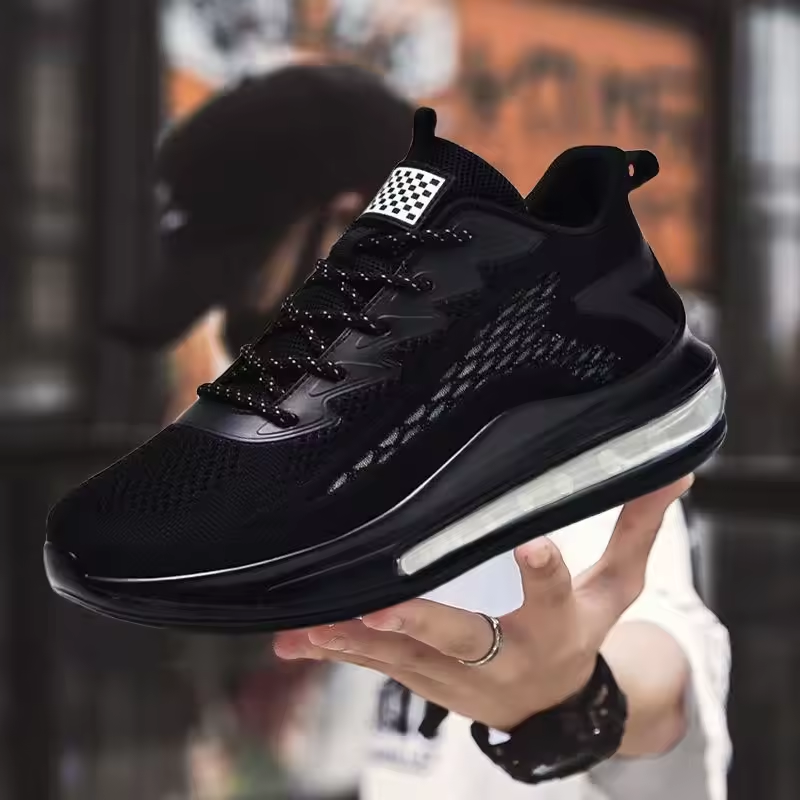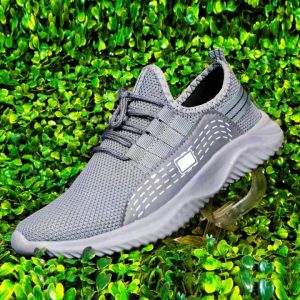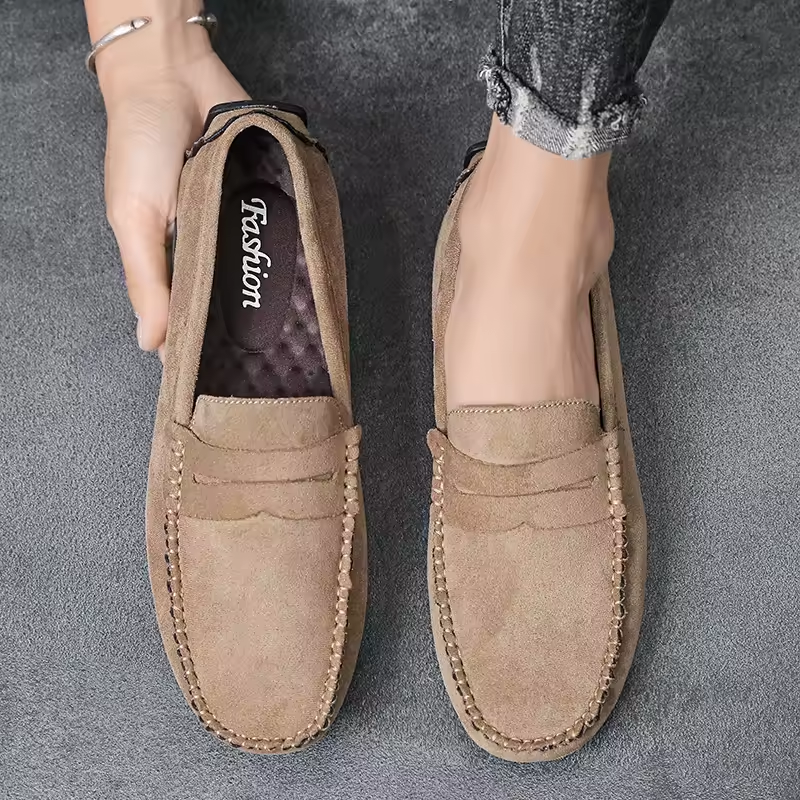Why Proper Running Shoes Are Crucial for Knee Health
Running can take a toll on your knees. The impact with every step can lead to injuries or pain. Wearing the best running shoes for knee pain helps reduce stress on your knees. This support can improve your running experience and protect your long-term joint health. Let’s explore how running impacts your knees and the common problems runners face.
The Impact of Running on Your Knees
Running puts repetitive pressure on your knees. Each step can exert forces up to three times your body weight. Over time, this stress can wear down cartilage and strain ligaments. Poor running shoes worsen this impact by failing to provide adequate cushioning or support. Shoes with good cushioning help by absorbing shock, reducing the stress transferred to your knees. This makes choosing the right shoes critical for long-term knee health.
Common Knee Problems Among Runners
Runners often experience knee pain from overuse or improper footwear. Common issues include:
- Runner’s Knee (Patellofemoral Pain Syndrome): Caused by misalignment of the kneecap, leading to pain.
- IT Band Syndrome: Tightness in the iliotibial band can cause friction and pain on the outside of the knee.
- Osteoarthritis: Long-term wear and tear can break down knee cartilage.
- Tendonitis: Overuse can lead to inflammation in tendons around the knee.
The best running shoes for knee pains can minimize these problems by offering cushioning, support, and stability. Pairing well-fitted shoes with proper running techniques can significantly reduce knee issues.
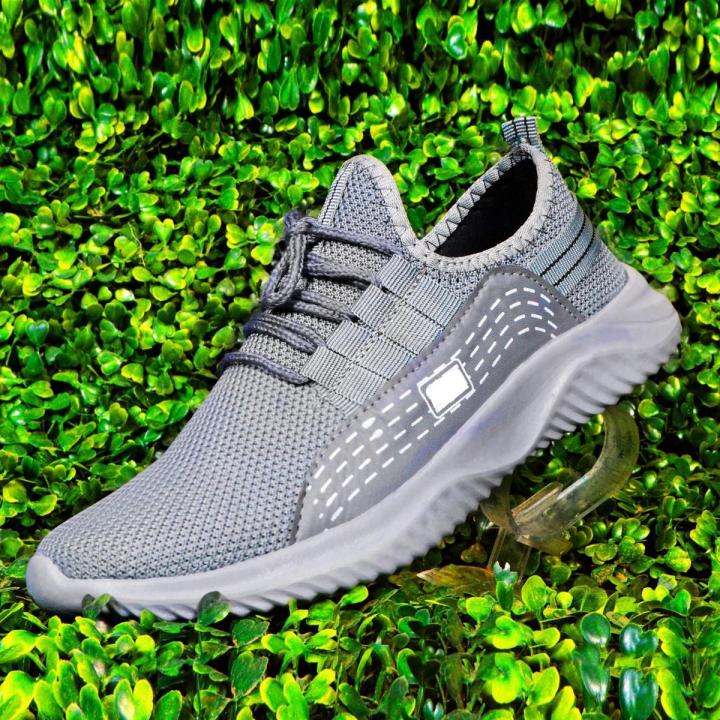
Key Features to Look for in Running Shoes for Knee Support
Choosing the right running shoes is essential for protecting your knees and improving comfort. By focusing on key features, you can reduce the risk of injury and ensure a pain-free running experience.
Cushioning and Shock Absorption
Cushioning plays a vital role in protecting your knees from impact. Look for shoes with high-quality midsoles that absorb shock during each step. EVA foam and gel-based cushioning are popular features that help disperse pressure and reduce joint stress. Good cushioning also enhances comfort, especially during longer runs.
Proper Arch Support
Arch support is crucial for maintaining alignment and balance while running. Shoes with proper arch support help distribute weight evenly across your foot, reducing strain on your knees. Whether you have flat feet, neutral arches, or high arches, choose shoes tailored to your arch type. Custom orthotics can also enhance support if needed.
Stability and Motion Control
Stability features prevent excessive movement that can harm your knees. Motion control designs offer extra firmness to guide foot motion. These shoes are especially helpful for runners with overpronation, as they minimize inward rolling. Stability and motion control shoes keep your knees aligned, preventing discomfort and injury.
Heel-to-Toe Drop Considerations
Heel-to-toe drop affects how weight is distributed during running. A lower drop promotes a more natural running gait, reducing knee strain. Shoes with a higher drop offer extra cushioning in the heel area but may not be suitable for every runner. Consider your running style to find the ideal heel-to-toe drop for your needs.
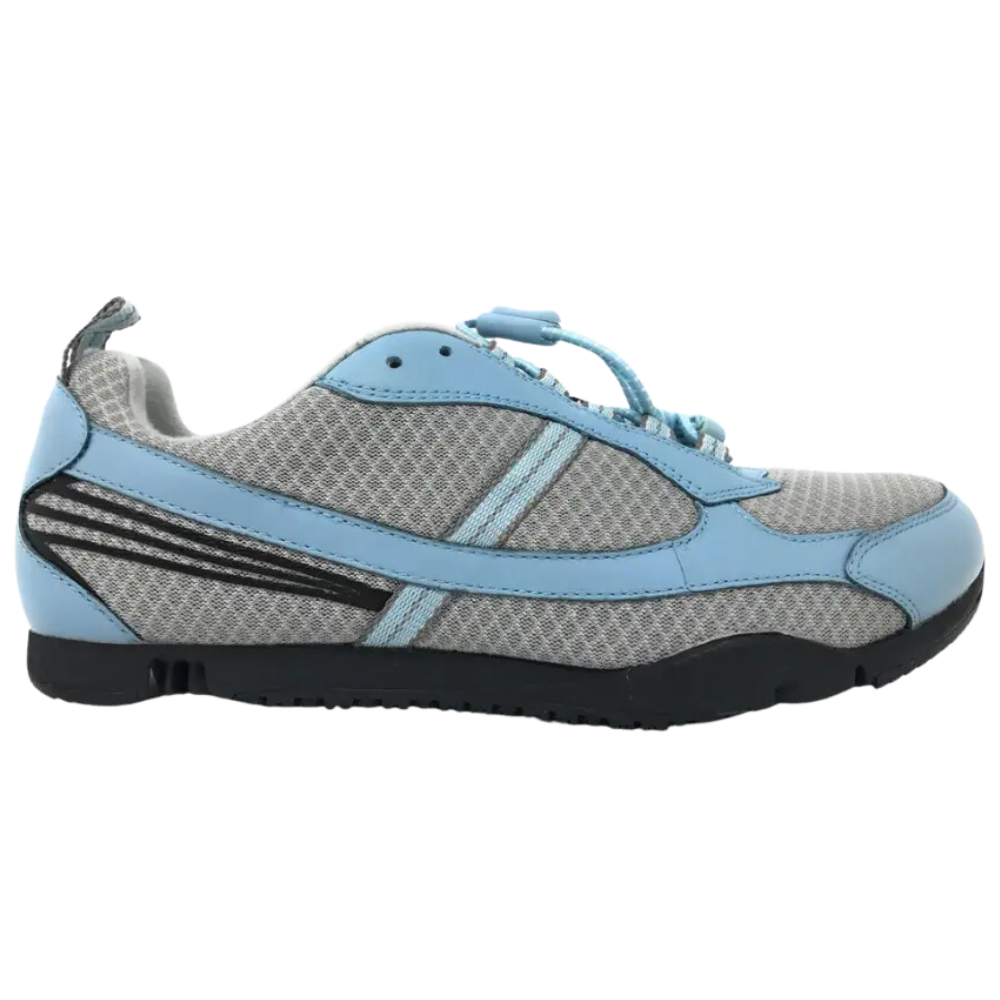
Top Running Shoe Brands for Knee Pain Relief
Finding the best running shoes for knee pain is key for protecting your knees during runs. Several brands focus heavily on combining comfort, support, and cushioning to reduce knee pain and optimize performance. Below are four top brands known for their dedication to this cause.
ASICS
ASICS specializes in creating shoes with advanced cushioning systems. Their Gel technology absorbs impact efficiently, reducing knee strain. The brand offers various models tailored for runners with different needs, including options for overpronation and neutral alignment. The ASICS Gel Kayano series is especially popular among runners seeking stability and arch support.
Brooks
Brooks is well-known for designing shoes that prioritize comfort and injury prevention. Their innovative midsoles, such as DNA LOFT cushioning, provide softness without losing responsiveness. Brooks also incorporates GuideRails technology to maintain proper knee and foot alignment. The Brooks Adrenaline GTS line is particularly recommended for runners dealing with knee pain.
Hoka One One
Hoka One One focuses on maximizing cushioning while maintaining lightweight designs. Their shoes are excellent for runners who need extra shock absorption due to joint pain or arthritis. The Meta-Rocker technology helps create smoother transitions during runs, reducing pressure on the knees. Models like the Hoka Bondi are favored for their plush support.
New Balance
New Balance offers versatile options with a mix of cushioning and firmness. They prioritize creating shoes that promote stability and prevent excess movement. The Fresh Foam line provides balanced cushioning, reducing stress on the knees over long distances. New Balance is also recognized for its wide range of sizes and fits, ensuring every runner finds a suitable option.
Choosing the right brand tailored to your specific needs is crucial for knee health. These brands continue to innovate for comfort and injury prevention, providing reliable solutions for runners with knee pain.

Best Running Shoes for Specific Knee Conditions
Choosing the best running shoes for knee pain conditions can help manage pain and improve comfort. Whether you’re dealing with Runner’s Knee, arthritis, or recovering from knee surgery, selecting shoes that provide tailored support is essential.
Shoes for Runner?s Knee
Runner’s Knee demands shoes that offer excellent cushioning and knee alignment support. Look for models with reinforced midsoles to absorb impact effectively. Stability features can prevent excessive movements that aggravate knee pain. Brands like Brooks, ASICS, and Hoka One One provide shoes with GuideRails technology or Gel cushioning for this purpose. Opt for shoes with a proper heel-to-toe drop that aligns your gait to reduce kneecap strain.
Shoes for Arthritis in the Knees
Arthritis in the knees requires shoes with maximum shock absorption and comfortable soles. Choose plush cushioning materials like memory foam or Fresh Foam technology to reduce joint pressure. Hoka One One and New Balance offer excellent arthritis-friendly options, such as the Bondi and Fresh Foam models. Lightweight designs and Meta-Rocker technology also improve mobility, making these shoes ideal for arthritic knees.
Shoes for Post-Surgery Knee Recovery
Post-surgery knee recovery calls for shoes with gentle yet stable support. Look for extra cushioning and motion control features to protect your knees during light jogging or walking. ASICS Gel Kayano and New Balance models are great options for individuals transitioning back to running after surgery. Ensure a snug fit to reduce unnecessary movement and prioritize comfort to aid recovery effectively.
Tips for Choosing the Right Running Shoes
Selecting the right running shoes is essential for comfort and knee health. A thoughtful approach ensures reduced injury risks and improves running efficiency. Below are important tips to consider when buying running shoes.
Getting a Professional Gait Analysis
A gait analysis helps identify your running style and foot alignment. Specialized stores often perform this service. They assess factors like foot strike, pronation, and posture while running. Knowing your gait ensures you choose shoes tailored to your specific needs. Proper alignment supports your knees and reduces pain from improper motion.
Testing Comfort Before Purchase
Never buy running shoes without testing them first. Try multiple pairs to find the best fit. Walk or jog in-store to observe comfort and support levels. Ensure the shoes don’t pinch or rub against your feet. Comfort plays a key role in avoiding knee pain during long runs. Well-fitted shoes should feel secure without excessive tightness.
Replacing Your Running Shoes Regularly
Running shoes gradually lose their support and cushioning. Replace them approximately every 300–500 miles. Overused shoes reduce shock absorption and impact your knees. Check for worn-out soles or flattened cushioning. Regular replacement ensures continued protection and prevents knee strain caused by inadequate shoe support.
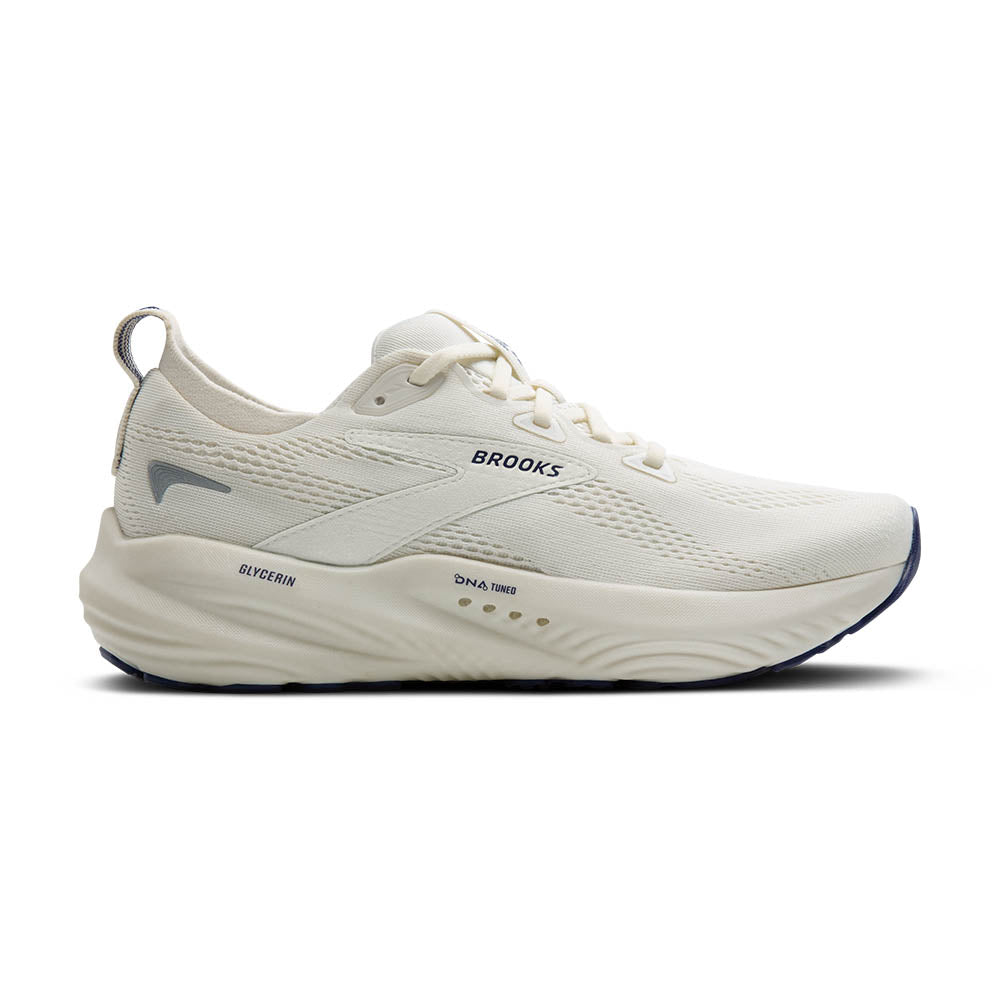
Additional Ways to Protect Your Knees While Running
Taking extra steps to protect your knees enhances long-term joint health while running. Besides wearing the best running shoes for knee pain, focusing on exercise, stretching, and form can reduce stress on your knees and prevent injuries. Below are three effective strategies to complement your footwear and promote knee safety.
Strength Training Exercises
Strengthening muscles around your knees provides better support during running. Focus on exercises like squats, lunges, and leg presses to build leg strength. Strong quadriceps and hamstrings reduce strain on knee joints. Add core exercises like planks and bridges to improve stability and overall alignment. Perform these 2–3 times weekly for noticeable results.
Stretching and Proper Warm-Up
Stretching improves flexibility and reduces stiffness before running. Focus on dynamic stretches like high knees or leg swings to loosen muscles. Warm-up exercises like walking or light jogging increase blood flow to your knees. These practices prevent injuries and prepare your body for impact during running.
Adopting Proper Running Form
Correct running form minimizes knee stress and prevents discomfort. Keep your posture upright and avoid leaning too far forward. Land softly on your midfoot to reduce joint impact. Maintain a steady stride rather than over-striding, which can hurt your knees. Small adjustments to your running mechanics significantly improve knee health.
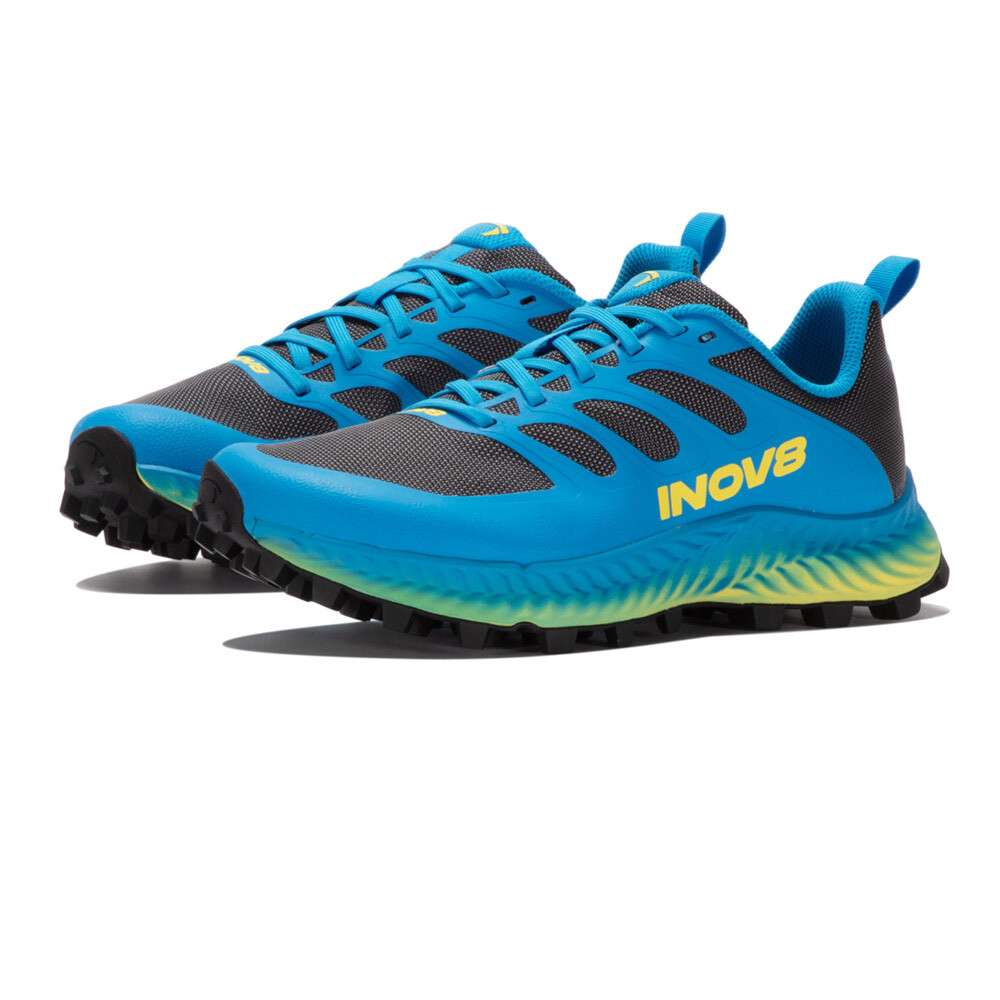
Frequently Asked Questions About Running Shoes and Knee Pain
Can Running Shoes Really Reduce Knee Pain?
Yes, running shoes can significantly reduce knee pain. Proper shoes provide cushioning and support to absorb impact. This limits stress on your knees during runs. Features like arch support and stability minimize harmful movements. They prevent pain caused by overpronation or misalignment. Choosing the right shoes tailored to your needs protects your knees effectively.
How Often Should I Replace My Running Shoes?
You should replace running shoes every 300–500 miles. Over time, shoes lose cushioning and support. Worn-out shoes increase stress on your knees, leading to discomfort or injury. Regularly check for signs like flattened midsoles or damaged outsoles. Track your mileage and replace shoes to maintain optimal knee health.
Are Custom Orthotics Worth It?
Custom orthotics are valuable for runners with specific foot or knee issues. They provide personalized arch support and proper alignment. Orthotics reduce strain on your knees by correcting foot motion. If you experience chronic knee pain, consult a specialist. They can determine if orthotics are necessary for improving your running experience.
Understanding the Impact of Running Technique
Importance of Proper Running Form
While choosing the right shoes is crucial for alleviating knee pain, understanding your running technique is equally important. Proper running form can significantly reduce the stress placed on your knees, even when wearing the best footwear. Focus on maintaining an upright posture with a slight forward lean. Keep your shoulders relaxed and arms at a 90-degree angle, allowing for a natural swing as you run.
A strong, stable core is vital for supporting your running form. Engage your core muscles to maintain balance and stability throughout your stride. Pay attention to your foot strike; landing gently on the midfoot rather than the heel can help decrease the impact on your knees. Incorporating strength training and flexibility exercises into your routine can also improve your overall running form, enhancing your performance while minimizing discomfort.
Benefits of Gait Analysis
Another tool for improving running technique is gait analysis. Many running stores and specialty shops offer this service, which analyzes your running mechanics to identify any irregularities or issues. Understanding your gait can guide you towards the specific shoe features that will best support your running style. It can also highlight any weaknesses in your biomechanics that may contribute to knee pain.
With the insights gained from gait analysis, you can make informed decisions about your training and shoe selection. This personalized approach allows for adjustments that can lead to improved efficiency and less strain on your knees. As you work on enhancing your running form, the combination of proper shoes and technique can create a more enjoyable, pain-free running experience.
Creating a Personalized Running Plan
Incorporating Variety in Your Training
To further mitigate knee pain while enjoying your running journey, it is essential to create a well-rounded training plan. Incorporate a mix of running surfaces, such as grass, dirt trails, and track, to reduce the impact on your knees. Cross-training activities, such as cycling or swimming, can also help improve cardiovascular fitness while giving your knees a break from constant pounding.
Adding recovery days into your routine is equally important. Give your muscles and joints time to repair and strengthen through rest or gentle activities like yoga and stretching. Proper recovery can help prevent overuse injuries that are common in runners, particularly for those experiencing knee pain. By adopting a personalized approach to your training, you can enjoy running while prioritizing your overall well-being.
Tracking Your Progress
Another valuable strategy is to keep track of your progress and any pain experienced during your runs. Documenting your mileage, running conditions, and any discomfort can provide insights into patterns that may contribute to knee pain. This information helps you make necessary adjustments to your training and footwear as required.
Various running apps and fitness trackers can assist in monitoring your activity and progress. Observing trends in your running data can lead to informed decision-making regarding shoes, training intensity, and recovery needs. Keeping an open line of communication with healthcare providers, running coaches, or physical therapists can further enhance your understanding and management of knee pain.
By combining supportive best running shoes for knee pain with attentive care, personalized training programs, and diligent tracking of your experience, you can effectively navigate your path to a pain-free running experience. Prioritize your health and comfort, and allow the joy of running to flourish in your life.
